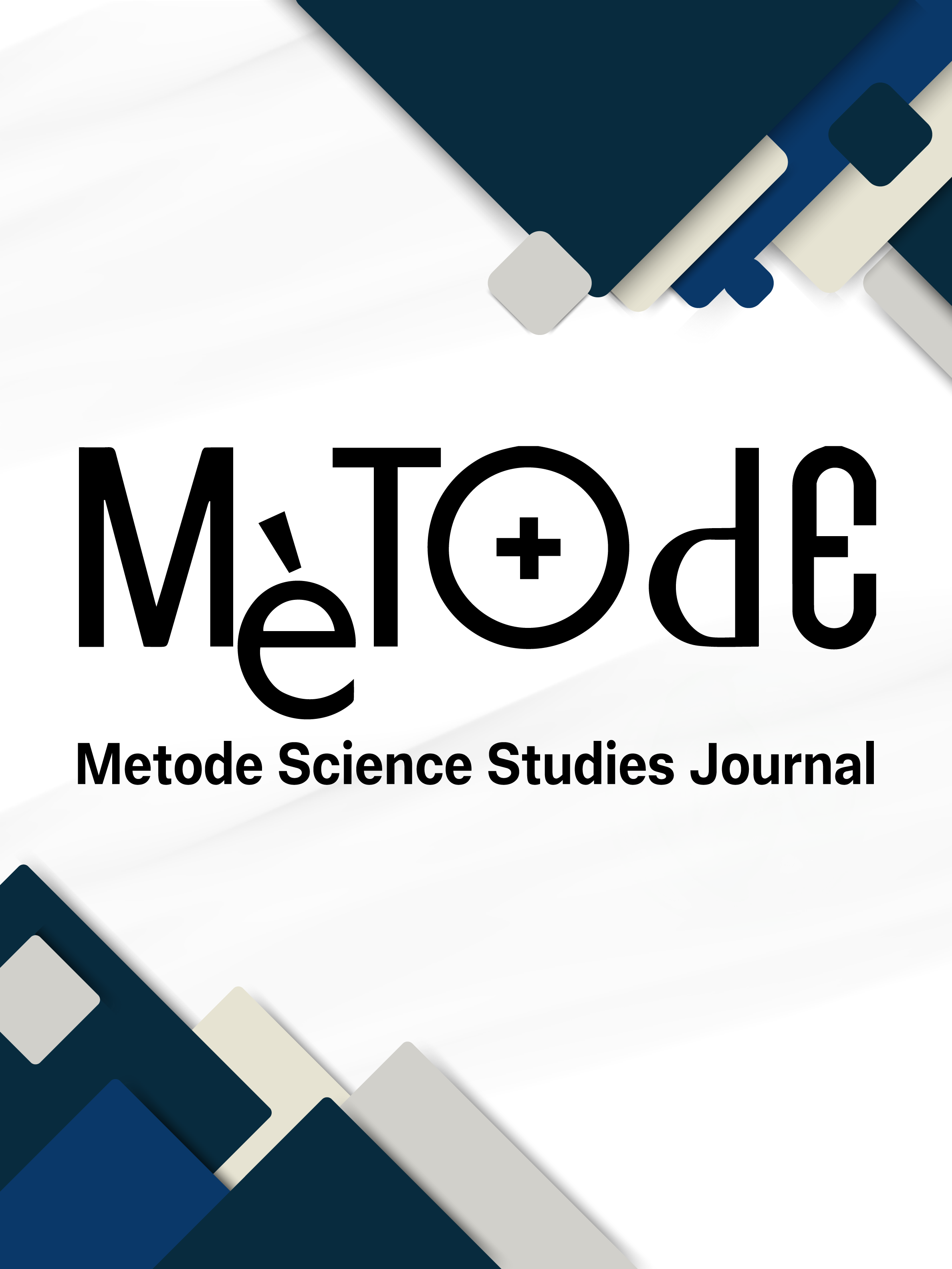La economía circular del cobre: Retos de la transición energética y digital
DOI:
https://doi.org/10.7203/metode.15.27181Palabras clave:
transición energética, economía circular, reciclado, recursos secundarios, cobre Resumen
Resumen
El cobre es uno de los metales clave para la transición energética y digital, lo que disparará su demanda en los próximos años. Por otro lado, su extracción primaria presenta crecientes problemas medioambientales como consecuencia de la progresiva disminución de la concentración mineral de los yacimientos (leyes de mena). Bajo este contexto, los residuos electrónicos se convierten en una fuente de cobre secundario muy prometedora. No obstante, esta forma de recuperación del cobre presenta una serie de retos tecnológicos y químicos que pasan por el uso de energías renovables, la separación de plásticos de los residuos y el aumento de la eficiencia de los procesos. Ante las limitaciones termodinámicas de estos procesos, otros aspectos no tecnológicos adquieren una posición muy relevante en el camino hacia la transición.
 Descargas
Descargas
 Citas
Citas
Calvo, G., Mudd, G., Valero, A., & Valero, A. (2016). Decreasing ore grades in global metallic mining: A theoretical issue or a global reality? Resources, 5(4), 36. https://doi.org/10.3390/resources5040036
Carrara, S., Alves Dias, P., Plazzotta, B., & Pavel, C. (2020). Raw materials demand for wind and solar PV technologies in the transition towards a decarbonised energy system. Publications Office of the European Union. https://doi.org/10.2760/160859
Deetman, S., de Boer, H. S., Van Engelenburg, M., van der Voet, E., & van Vuuren, D. P. (2021). Projected material requirements for the global electricity infrastructure – generation, transmission and storage. Resources, Conservation and Recycling, 164, 105200. https://doi.org/10.1016/j.resconrec.2020.105200
Forti, V., Baldé, C. P., Kuehr, R., & Bel, G. (2020). The global e-waste monitor 2020: Quantities, flows, and the circular economy potential. United Nations University (UNU), United Nations Institute for Training and Research (UNITAR), International Telecommunication Union (ITU) & International Solid Waste Association (ISWA).
Gregoir, L., & van Acker, K. (2022). Metals for clean energy: Pathways to solving Europe’s raw materials challenge. KU Leuven. https://eurometaux.eu/media/rqocjybv/metals-for-clean-energy-final.pdf
Huisman, J., Leroy, P., Tertre, F., Ljunggren Söderman, M., Chancerel, P., Cassard, D., Løvik, A. N., Wäger, P., Kushnir, D., Susanne Rotter, V., Mählitz, P., Herreras, L., Emmerich, J., Hallberg, A., Habib, H., & Wagner, M. (2017). ProSUM final report: Prospecting secondary raw materials in the urban mine and mining wastes. ProSUM. https://prosumproject.eu/sites/default/files/DIGITAL_Final_Report.pdf
Hund, K., Porta, D. La, Fabregas, T. P., Laing, T., & Drexhage, J. (2020). Minerals for climate action: The mineral intensity of the clean energy transition. World Bank. https://pubdocs.worldbank.org/en/961711588875536384/Minerals-for-Climate-Action-The-Mineral-Intensity-of-the-Clean-Energy-Transition.pdf
International Copper Study Group. (2023). The world copper factbook. ICSG. https://icsg.org/copper-factbook
International Energy Agency. (2021). The role of critical minerals in clean energy transitions. IEA. https://www.iea.org/reports/the-role-of-critical-minerals-in-clean-energy-transitions
Loibl, A., & Tercero Espinoza, L. A. (2021). Current challenges in copper recycling: Aligning insights from material flow analysis with technological research developments and industry issues in Europe and North America. Resources, Conservation and Recycling, 169, 105462. https://doi.org/10.1016/j.resconrec.2021.105462
Mills, R. (2022, 27 october). Copper: The most important metal we are running short of. A head of the herd. https://aheadoftheherd.com/copper-the-most-important-metal-were-running-short-of-richard-mills/
Tabelin, C. B., Park, I., Phengsaart, T., Jeon, S., Villacorte-Tabelin, M., Alonzo, D., Yoo, K., Ito, M., & Hiroyoshi, N. (2021). Copper and critical metals production from porphyry ores and e-wastes: A review of resource availability, processing/recycling challenges, socio-environmental aspects, and sustainability issues. Resources, Conservation and Recycling, 170, 105610. https://doi.org/10.1016/j.resconrec.2021.105610
Torrubia, J., Parvez, A. M., Bassorgun, A., Charitos, A., Valero, A., & van der Boogaart, K. G. (2024). Copper recovery from electronic waste: An energy transition approach to decarbonise the industry. [Paper submitted for publication].
Torrubia, J., Valero, A., & Valero, A. (2022). Thermodynamic rarity assessment of mobile phone PCBs: A physical criticality indicator in times of shortage. Entropy, 24(1), 100. https://doi.org/10.3390/e24010100
Torrubia, J., Valero, A., & Valero, A. (2023). Energy and carbon footprint of metals through physical allocation. Implications for energy transition. Resources, Conservation and Recycling, 199, 107281. https://doi.org/10.1016/j.resconrec.2023.107281
Torrubia, J., Valero, A., Valero, A., & Lejuez, A. (2023). Challenges and opportunities for the recovery of critical raw materials from electronic waste: The Spanish perspective. Sustainability, 15(2), 1393. https://doi.org/10.3390/su15021393
Valero, A., Torrubia, J., Anía, M. Á., & Torres, A. (2021). Assessing urban metabolism through MSW carbon footprint and conceptualizing municipal-industrial symbiosis—the case of Zaragoza city, Spain. Sustainability, 13(22), 12724. https://doi.org/10.3390/su132212724
Valero Navazo, J. M., Villalba Méndez, G., & Talents Peiró, L. (2014). Material flow analysis and energy requirements of mobile phone material recovery processes. The International Journal of Life Cycle Assessment, 19, 567–579. https://doi.org/10.1007/s11367-013-0653-6
Van der Voet, E., Van Oers, L., Verboon, M., & Kuipers, K. (2019). Environmental implications of future demand scenarios for metals: Methodology and application to the case of seven major metals. Journal of Industrial Ecology, 23(1), 141–155. https://doi.org/10.1111/jiec.12722
Publicado
Cómo citar
-
Resumen226
Número
Sección
Licencia
![]()
Todos los documentos incluidos en OJS son de acceso libre y propiedad de sus autores.
Los autores que publican en esta revista están de acuerdo con los siguientes términos:
- Los autores conservan los derechos de autor y garantizan a Metode Science Studies Journal el derecho a la primera publicación del trabajo, licenciado bajo una licencia de Creative Commons Reconocimiento-NoComercial-SinObraDerivada 4.0 Internacional, que permite a otros compartir el trabajo con un reconocimiento de la autoría del trabajo y citando la publicación inicial en esta revista.
- Se permite y se anima a los autores a difundir sus trabajos electrónicamente a través de páginas personales e institucionales (repositorios institucionales, páginas web personales o perfiles a redes profesionales o académicas) una vez publicado el trabajo.





